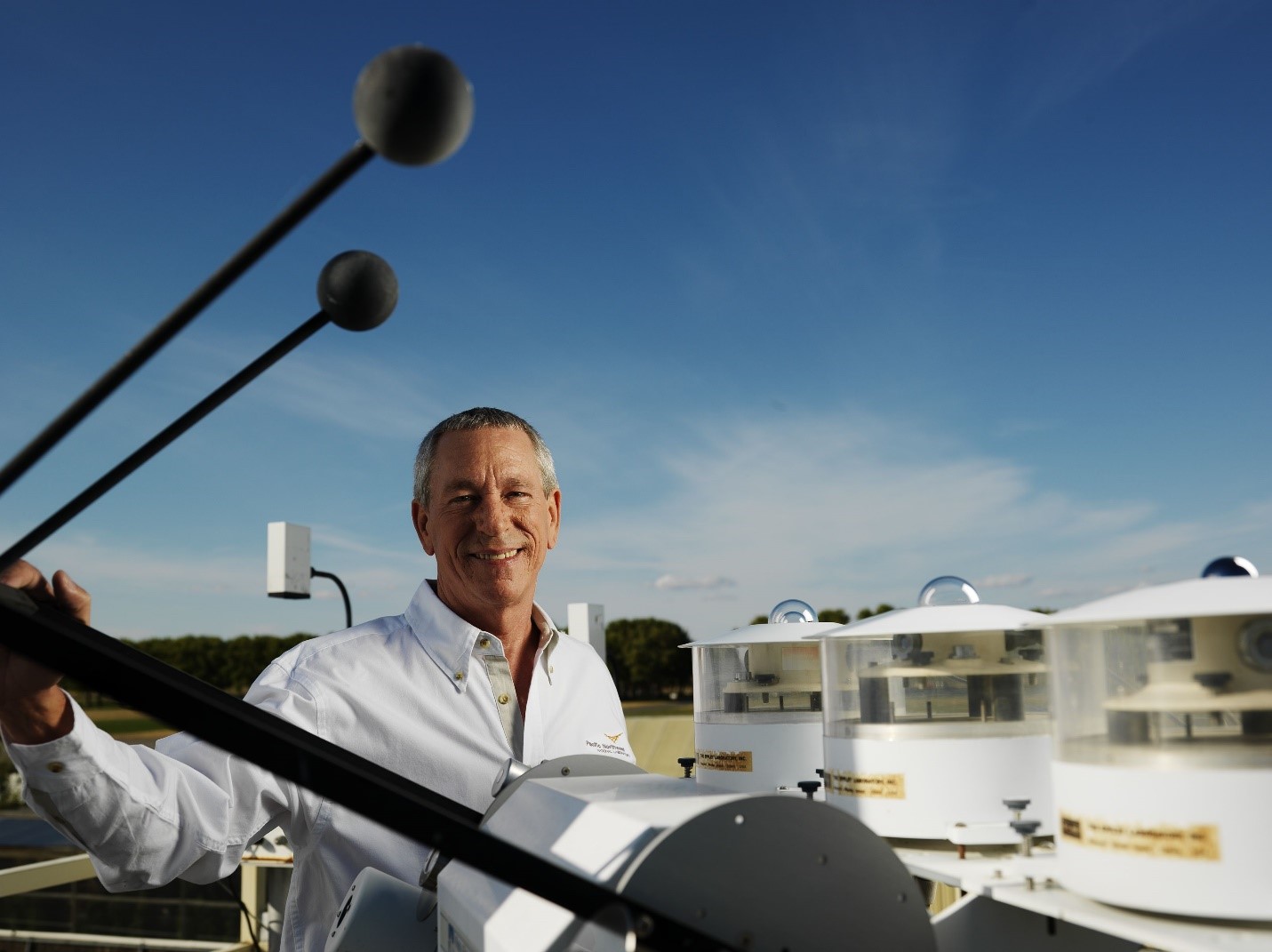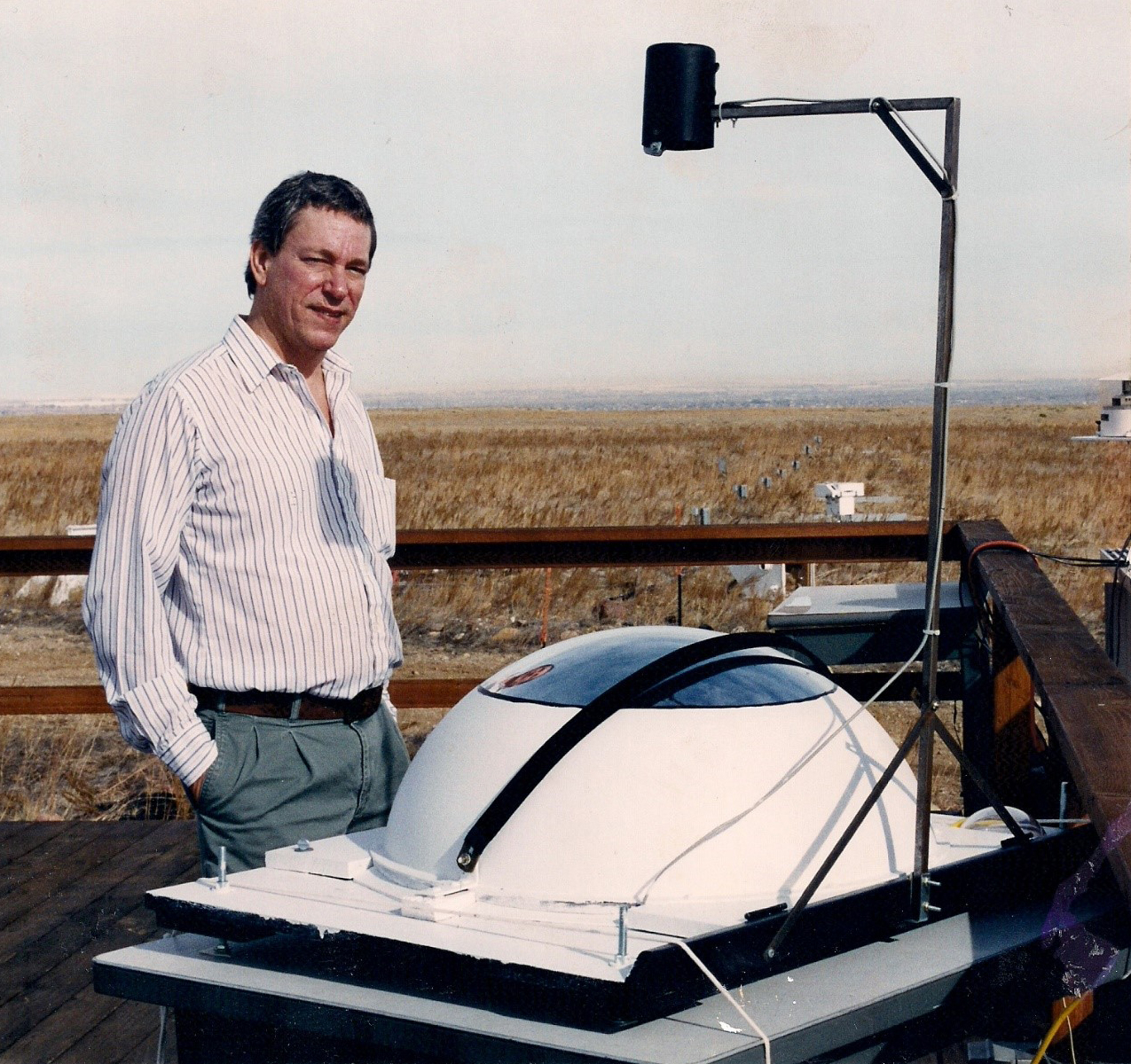ARM Remembers Longtime Tropical Western Pacific Site Scientist Chuck Long
Published: 29 November 2019
Editor’s note: The following is from Jim Mather, technical director of the Atmospheric Radiation Measurement (ARM) user facility, and Thomas Ackerman, who was ARM’s chief scientist from 1999 to 2005.

It is with great sadness that we report the passing of Dr. Charles “Chuck” Long on Thursday, November 21, 2019, due to cancer. Chuck retired at the end of 2018 from CIRES at the University of Colorado following a productive career during which he made lasting contributions to ARM and NOAA’s radiation sciences program.
Many will know Chuck as the site scientist for ARM’s Tropical Western Pacific (TWP) sites, a position he held from 1999 until the TWP sites were closed in 2015. Chuck actually began his affiliation with the TWP by participating in the Pilot Radiation Observation Experiment (PROBE) in early 1993 as a graduate student at Penn State University. Chuck participated in a small deployment of ground-based instruments to Kavieng, Papua New Guinea, more than three years before the first long-term ARM site was established on nearby Manus Island in 1996. He later joined the TWP site scientist team at Penn State and then at Pacific Northwest National Laboratory.
Chuck’s work with the TWP sites was just one of several important contributions. He was the foremost advocate of broadband radiometry within ARM for many years, focusing on both better measurements and improved analyses of the measurements that led to an enhanced understanding of broadband measurements and improved accuracy in network data. Chuck’s work with radiometers included extensive study of the radiative impact of clouds, which led to the development of a technique to estimate clear-sky shortwave solar fluxes that is widely cited and used around the world.

Perhaps less known is the fact that Chuck was the original mastermind behind the total sky imager. Pulling together parts he found around the lab while a graduate student at Penn State, Chuck put together the original prototype for the TSI with an old convex mirror and a security camera. Refinement and later commercial transfer of this instrument led to the very impactful sky camera that is used at ARM sites today.
But perhaps people will most remember Chuck for his unique sense of humor, illustrated when he would identify his preferred tool for dealing with a delicate radiometer that wasn’t working properly—a hammer—and his willingness to tackle any problem, from logistics to science, with grit and a smile.
Chuck will be sorely missed by his family, friends, and colleagues. He is survived by his wife, Sue, and his two daughters, Tracy and Stephanie. A memorial service will be held December 7 at Koch Funeral Home, 2401 S. Atherton St., State College, PA 16801.
Donations can be sent to the American Lung Association and are much appreciated.
We invite you to share your memories of Chuck on ARM’s Facebook page.

Keep up with the Atmospheric Observer
Updates on ARM news, events, and opportunities delivered to your inbox
ARM User Profile
ARM welcomes users from all institutions and nations. A free ARM user account is needed to access ARM data.


















